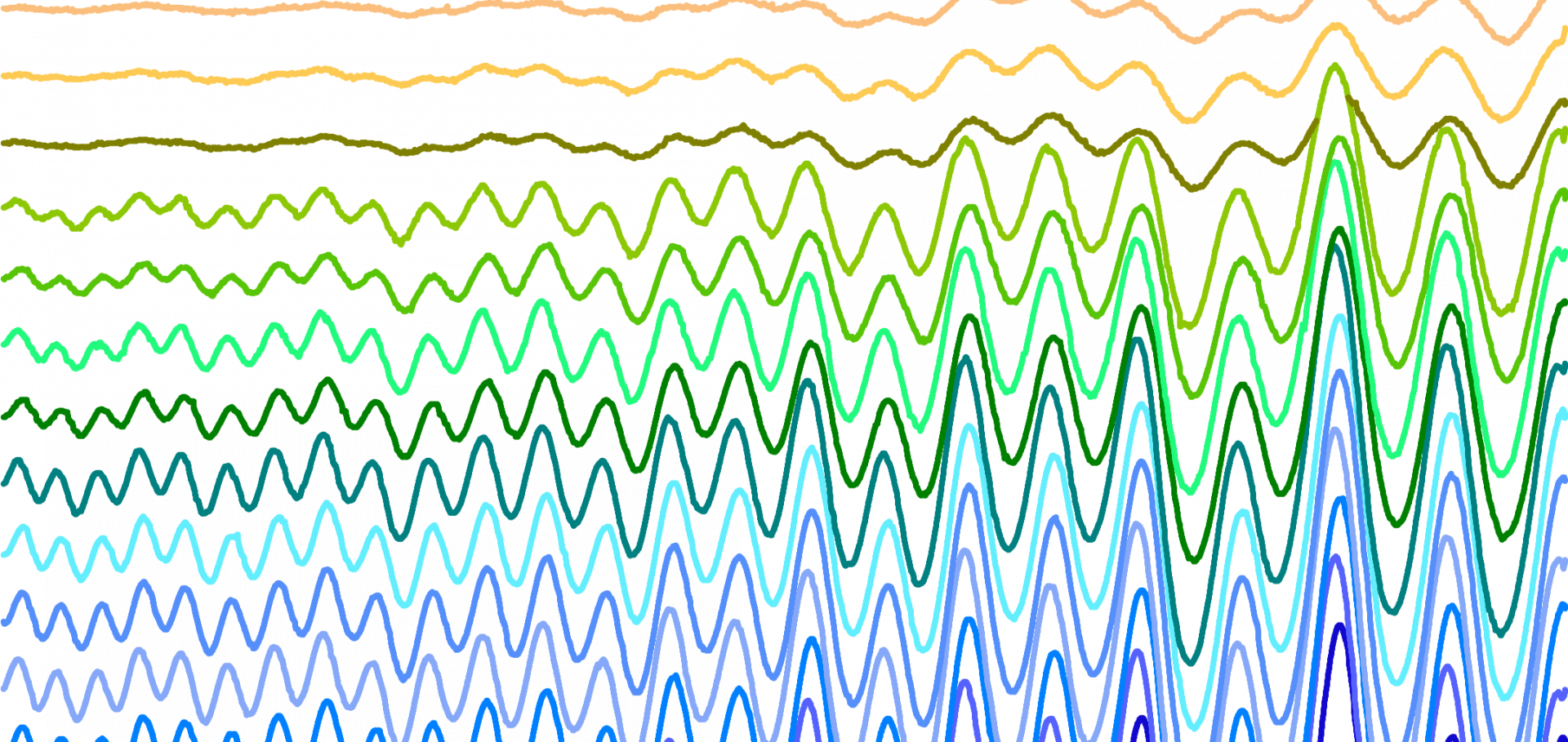Signatures of a Quantum Griffiths Phase close to an Electronic Nematic Quantum Phase Transition
Authors:
Pascal Reiss, David Graf, Amir A Haghighirad, Thomas Vojta, Amalia I Coldea
Abstract:
In the vicinity of a quantum critical point, quenched disorder can lead to a
quantum Griffiths phase, accompanied by an exotic power-law scaling with a
continuously varying dynamical exponent that diverges in the zero-temperature
limit. Here, we investigate a nematic quantum critical point in the iron-based
superconductor FeSe$_{0.89}$S$_{0.11}$ using applied hydrostatic pressure. We
report an unusual crossing of the magnetoresistivity isotherms in the
non-superconducting normal state which features a continuously varying
dynamical exponent over a large temperature range. We interpret our results in
terms of a quantum Griffiths phase caused by nematic islands that result from
the local distribution of Se and S atoms. At low temperatures, the Griffiths
phase is masked by the emergence of a Fermi liquid phase due to a strong
nematoelastic coupling and a Lifshitz transition that changes the topology of
the Fermi surface.

